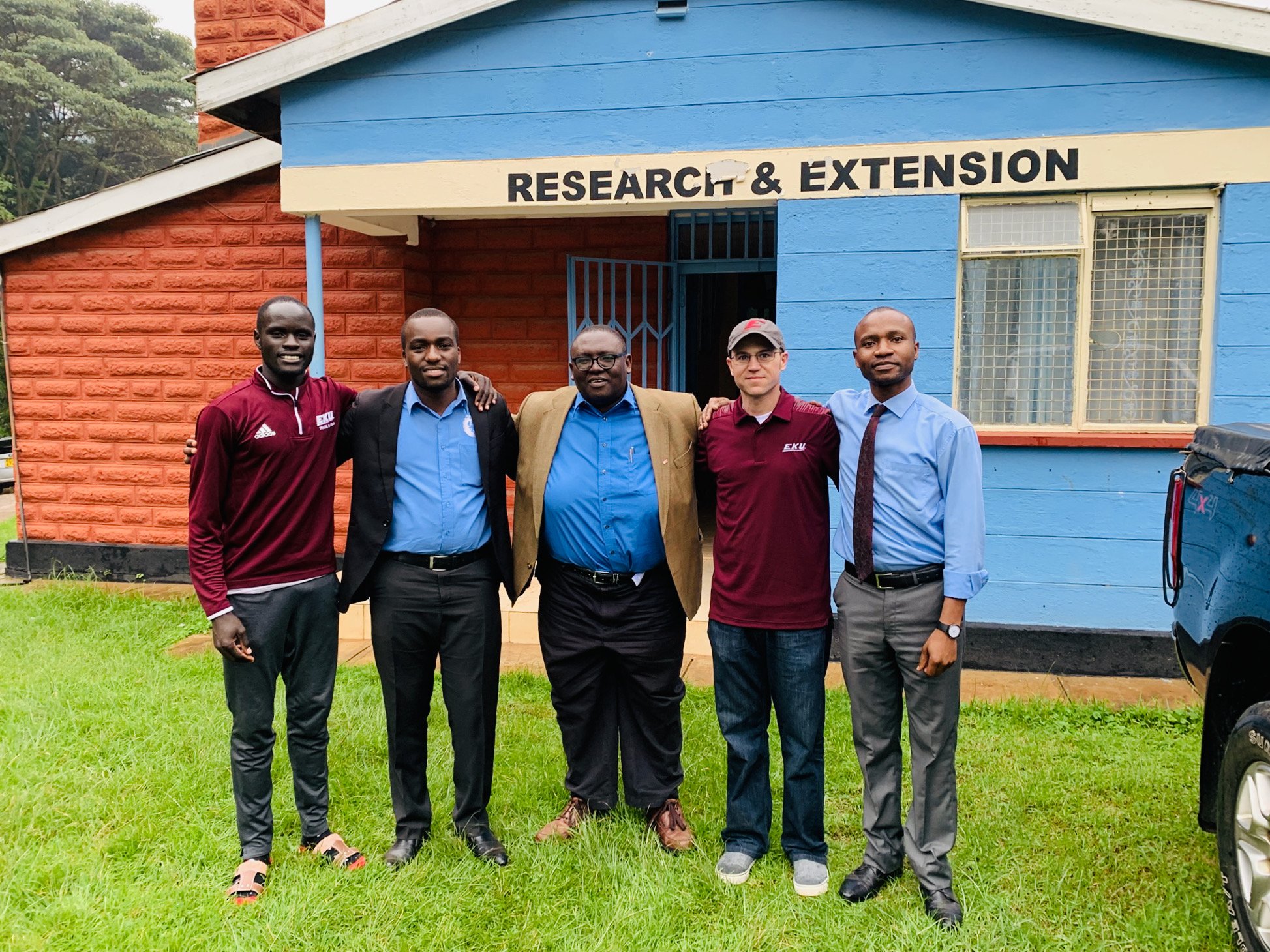
CERTIFICATE IN SOCIAL MARKETING AND ENTREPRENEURSHIP
Course 1: Spending at the Base of the Pyramid
Almost half the world’s population, some three billion, lives on less than US$2.50 a day. These are the members of the base of the economic pyramid (BoP). Many incorrectly believe that those at the BoP live without spending or saving money, content to scrape by with the minimum amount of food to survive. The public also frequently believes that the BoP is so burdened with immediate concerns that they cannot possibly plan for a financial future. They also believe that it must be impossible for the BoP to have any sort of savings. All of these statements assume that the poor are destitute and do not have any spending or financial management abilities. This assumption is incorrect and riddled with myths. In the book Portfolios of the Poor, the authors eloquently point out that the poor maintain active financial lives precisely because they are poor and cannot afford to do otherwise.
In this course, we examine a number of questions that will shed light on the spending patterns of the BoP. How is money spent? How is it saved? What is the role of formal and informal financial institutions? We will overturn some of the assumptions about spending at the BoP, demonstrating that those at the BoP have active financial lives. They spend, they save, they invest, they squander—not unlike what is seen in the developed world. By learning about how the poor manage money, more effective global health interventions can be designed and implemented.
This course is freely and publicly available. It is also part of the Social Marketing and Entrepreneurship Certificate Program. Enroll in the Social Marketing and Entrepreneurship Certificate Program Through Global Health University.
